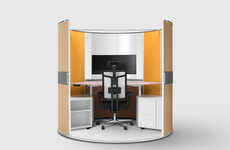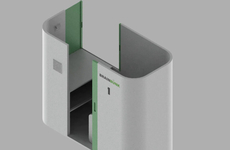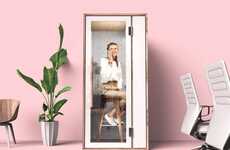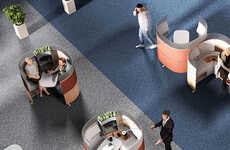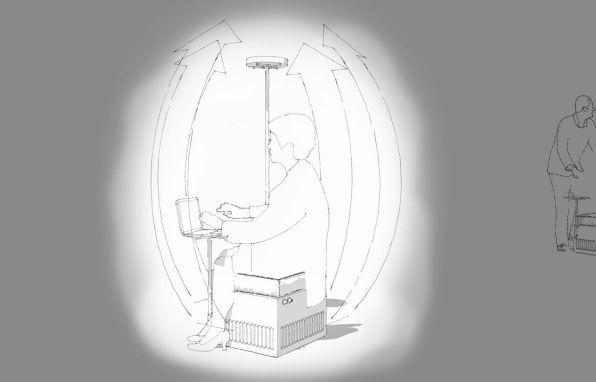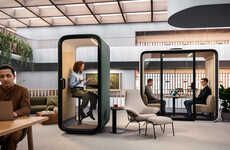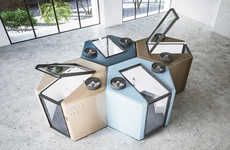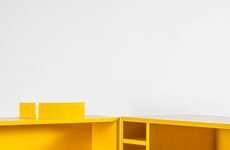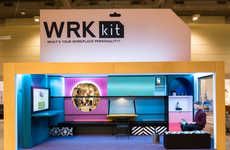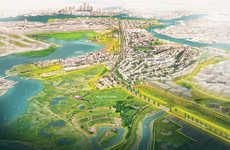
Rapt's Cubicle Design Creates Privacy By Releasing a Non-Toxic Fog
Laura McQuarrie — November 9, 2018 — Art & Design
References: raptstudio & fastcompany
As part of its conceptual design series called 'Provocation,' Fast Company's Co.Design had design studio Rapt create a vision for what cubicle design might look like in the future. For the project, Rapt came up with two innovative ideas, both of which are made to provide people with private space for individual work that requires focus, as well as accommodate meeting areas for collaboration.
While one futuristic design by Rapt introduces cubicles that sit on warehouse robots for ease of movement and flexibility in an office, the second cubicle design envisions "spatial privacy voids" created by a release of non-toxic fog. According to Rapt, the latter solution has the potential to provide both visual and acoustic privacy.
The needs of the modern workplace demand flexibility and with the implementation of more open-concept spaces than ever, privacy is also highly important.
While one futuristic design by Rapt introduces cubicles that sit on warehouse robots for ease of movement and flexibility in an office, the second cubicle design envisions "spatial privacy voids" created by a release of non-toxic fog. According to Rapt, the latter solution has the potential to provide both visual and acoustic privacy.
The needs of the modern workplace demand flexibility and with the implementation of more open-concept spaces than ever, privacy is also highly important.
Trend Themes
1. Flexible Workspace Designs - Designing creative concepts that cater to multi-functional private and collaborative spaces that provide both visual and acoustic privacy.
2. Workspace Mobility - Integrating warehouse robots to design office cubicles for easy movement, flexibility, and adaptability in different office spaces.
3. Non-toxic Privacy Solutions - Designing innovative solutions that use non-toxic fog to create predictable spatial privacy voids that provide both visual and acoustic privacy to office spaces.
Industry Implications
1. Interior Design Industry - The use of creative and innovative designs that revamp traditional workspace designs and cater to the evolving needs of modern workspaces.
2. Robotics Industry - The integration of robotics technology in the design manufacturing of adaptive office cubicles for flexible mobility and ease of movement.
3. Clean Air Industry - The development of non-toxic and environment-friendly fog systems that can be used to create predictable spatial privacy voids in office spaces without any harm to human health.
2.7
Score
Popularity
Activity
Freshness

